On the Zapatistas’ Little School of Freedom (A Student’s Notes)
Jennifer Flores Sternad Ponce de León
In August 2013 I was a student in the first manifestation of La escuelita de la libertad según l@s Zapatistas (The Zapatistas' Little School of Freedom, or escuelita), a pedagogical event organized by the Ejército Zapatista de Liberación Nacional (Zapatista Army of National Liberation, or EZLN), and its indigenous support base in Chiapas, Mexico. I was invited to attend the school along with Fran Ilich, my accomplice and sometime collaborator. The last time Fran and I had traveled to Chiapas was to attend another international event organized by the EZLN in 2009: El Primer Festival Mundial de la Digna Rabia (the First World Festival of Dignified Rage). Fran spoke in a plenary session on the topic of "La Otra Cultura" ("The Other Culture") along with other activist artists and intellectuals who had traveled from great global cities to gather and share their ideas about the culture and forms of cultural production that accompany—or could accompany—the political vision articulated in the Zapatistas’ Otra Campaña (Other Campaign). This line of investigation describes much of my own work as a researcher and curator and Fran’s work as an artist; and in recent years we have managed to orchestrate gatherings and events with other artists and intellectuals who are working towards building an Otra Cultura. When Fran and I were invited to attend the escuelita, it quickly became clear that this gathering had a particular purpose and form that set it apart from previous experiences either of us had had within the Otra Campaña. When we arrived in San Cristóbal we saw activists and intellectuals whose words and work we knew from these earlier gatherings, but this time, we had been convened as students; we were there to listen to the indigenous Zapatistas and learn what they wanted to teach us.
Zapatista teacher training at la Universidad de La Tierra (CIDECI). San Cristóbal de las Casas, Chiapas, Mexico. Photos: Moysés Zúñiga, 2013.
Those invited to attend the escuelita came from across Mexico and beyond and from widely distinct contexts, representing the kind of multiplicity of struggles “from below and to the left” that the Zapatistas’ political vision is able to convene. But whereas gatherings organized under the aegis of the Otra Campaña created a platform and space of articulation for such heterogeneous struggles, the escuelita was a clearly defined pedagogical exercise wherein members of civil society came to learn from the Zapatistas about how they have organized their society in the autonomous territories, the political vision and moral principles that orient this labor, and the forms of cultural and ideological resistance that nurture it.
This first grade in the escuelita was carried out across the Zapatistas’ autonomous municipalities with the labor of thousands of members of their indigenous support base. Over 1,500 students arrived in San Cristóbal; most of them were then transported to autonomous communities where they stayed with Zapatista families over the course of the week. Fran and I were part of a cohort assigned to attend the escuelita at The Indigenous Center for Integral Training (CIDECI-UniTerra) in San Cristóbal, also known as The University of the Earth, a school that serves indigenous communities in the region and is frequently a space of encounter between Zapatistas and civil society. Thus, while the home-stays in the Zapatista communities were clearly one of the pedagogical forms the escuelita took, it is not an experience to which I can speak personally. Among the people who attended the escuelita along with Fran and me were many intellectuals whose work has closely accompanied the Zapatistas’ movement over the course of many years, even decades. As someone who has great respect for their expertise and the enormous labor behind it, I want to note that I am not a scholar of Zapatismo, and my reflections on the school are not meant to suggest that depth of knowledge.
I am writing about the Zapatistas’ school because I think the privilege to attend it came with an obligation to share what I learned there.
While the escuelita served to teach members of civil society about the Zapatistas, it also had a pedagogical function within the Zapatista communities. Thousands of members of the Zapatistas’ indigenous support base participated in the school as teachers and guardians. The guardians had been chosen by their communities to participate in the school, and they had been preparing for this task and studying its accompanying textbooks for months before the students arrived. On the first day of the school each student met her guardian, who would accompany and tutor her individually during the school’s duration. In one of the communiqués Subcomandante Marcos sent to the students in anticipation of our arrival at the school, he described the guardians as “votanes,” a word the Zapatistas chose to mean “guardian of the heart of the people” or “guardian of the heart and the earth.” In this capacity, he explained, they would serve as spokespeople for the greater collectivity of the Zapatistas (Subcomandante Marcos 2013).
Every morning we met our guardians in the University of the Earth’s auditorium, where together we attended lectures by the school’s six teachers. The teachers, also indigenous Zapatistas, took turns speaking on the theme of each day’s lecture: autonomous governance, women’s participation, resistance, justice, or democracy. We spent the afternoons one-on-one with our guardians, and together we studied the textbooks that had been produced for the escuelita. These four textbooks were comprised of dozens of testimonies from Zapatistas who have served in various capacities in the autonomous governments, representing all of the caracoles, or autonomous municipalities, in the Zapatistas’ territory. The guardians answered questions we had; when there was a question they couldn’t answer, they brought it to evening session, in which we all gathered once again in the auditorium, and the teachers took turns answering questions the guardians had delivered.
The immense amount of labor the Zapatistas put into teaching us about what they do and why they do it was, for me, another affirmation of the capacious scale at which they have pitched their struggle. As they carry out the constant labor of building their autonomy within their own territories, they also continue to work towards transforming society on a national and global scale. The purpose of our participation as students was made clear right away: by teaching us how they organize themselves, the Zapatistas meant to help us organize ourselves. Thus, we were enjoined to use and share what we learned in order to advance those struggles from “below and to the left” in which we work. The teachers set this charge before us over and over again in their matter-of-fact way, talking about a labor of love that requires immense work and sacrifice and may manifest its advances in the timeframe of decades. In turn, this also seemed to describe the Zapatistas’ efforts, carried out over two decades at that point, to educate and galvanize civil society in Mexico and beyond. This was illustrated succinctly during the question and answer session on the first day of the school. Fidel, one of the teachers, read aloud one student’s question that had been formulated to the effect of,
“Do the Zapatistas feel let down by civil society?” The question was pregnant with the history of calls to action unanswered, betrayals, changed alliances, and racist dismissals that have left the Zapatistas’ national revolutionary vision as yet unrealized.
Perhaps most glaringly, it brought to mind the disaffection of leftists whose militancy or faith in electoral politics came with a dismissal of the very different vision of political change upon which the Zapatistas have insisted. But Fidel didn’t speak of any of this. Rather, he asked aloud if the Zapatistas felt let down, paused for a beat to consider it, and then replied, “Well, we are here with you now.” Where the question cast Zapatismo’s impact on a national scale as a story of unfulfilled expectations, Fidel simply reminded us that its trajectory was the task at hand in the present. Moreover, everything he didn't say—those things he didn’t bother to name—seemed a way of making clear that the Zapatistas’ commitment to and love for this project are such that they wouldn’t be derailed by the slowness or fearfulness of others to join in its long-haul labor.
Fidel stood out among the teachers for the direct (and sometimes mildly scolding) manner in which he continually reminded us students of the purpose of our work at the school. When he received questions that seemed motivated by general curiosity about the culture of the Mayans in the region, he replied with visible exasperation: “How is knowing that going to help you all organize yourselves?” The teachers also declined questions posed in purely theoretical terms. To a question about dialectics Marisol simply responded, “We can’t answer this because we don’t know what it means.” Thus, it was quickly made clear that the first grade in the escuelita was not meant as a platform for specialized languages or theoretical debates. Rather, it was a means to socialize knowledge that had been produced through the Zapatistas’ shared labor of autonomous self-governance and through collective experiences of resistance.
It’s not surprising that some students expected that the school would have a more theoretical tenor than it did, given that communiqués issued by the EZLN’s Clandestine Revolutionary Committee (CCRI) quickly accustom one to the steady and nimble theoretical production that distinguishes the movement’s public-facing discourse. But quite distinctly, the material covered in the escuelita focused on the concrete and practical aspects of how the indigenous Zapatista communities have organized and governed themselves (as well as the vision of social and political life that grounds this effort). This is not to imply an absence of theory. Rather, it is to say that the manner in which the Zapatistas taught us about their political practice and the many ways in which they are engaged in anti-capitalist and anti-colonial resistance gave explanatory priority to the reality lived by indigenous Zapatistas and the specific practices through which they have learned to organize themselves. Thus, the contours of their ideology and the principles of self-organization they employ came into view through the teachers’ and texts’ analyses of concrete examples of life in the communities and detailed explanations as to why each practice of governance was institutionalized and, oftentimes, modified over time. This mode of exposition explicitly mirrored a dialectic of practice and analysis that the teachers identified in the labor of autonomous governance. Fidel described this as an ongoing process of learning self-governance that begins with practice, which is then analyzed and evaluated for its benefit to the people. This labor is carried out collectively, he emphasized, as “everyone proposes, analyzes, studies and decides.”
When considered in light of the Zapatistas’ work over nearly two decades to develop and institutionalize practices of autonomous education in their communities, the escuelita reflects a fundamental principle of their approach to education: the fact that the indigenous Zapatista communities control the content of this education and select their members who serve as educators. This, of course, differs markedly from state-run schools in which professionals from outside the indigenous communities manage the work of education and educational content—its criteria and ideologies are imposed unidirectionally. The woman who served as my votán, Veronica, had attended both a state-run primary school and, later, an autonomous Zapatista primary school, and she described to me the profound differences between the two systems as she had experienced them as a student. She mentioned the abuse she and her siblings received at the state school for their association with the EZLN, and she compared her monolingual education at the state school to learning both Spanish and Tzotzil (her first language) at the autonomous school. She also described the ways the culture of the autonomous schools reflect the values and principles of Zapatismo and thus serve to foster these values among the students. Veronica told me about how she is now preparing to become an education promoter in the autonomous schools. She will join her older sister, who is also an educator, and her mother, a local authority, in carrying out the work of autonomous governance.
As Veronica told me all of this I was struck by how patently her decision to become an educator affirmed her participation in the Zapatistas’ collective work of liberation and how it expressed her desire to advance the forms of autonomy the movement has achieved that have intimately impacted her own life. She made a point to note that her participation in these efforts is possible because women in Zapatista communities have rights not available to women in other communities. In fact, she said that this was one of the main reasons why she felt sure her place was with the EZLN and not with the parties that had the allegiance of most of her neighbors, as well as her older brothers. Veronica’s clarity about this was all the more striking for the fact that she is 14 years old and lives in a community where Zapatistas are a small minority compared with families aligned with official parties. The conversations I had with her helped me to understand that the Zapatistas’ comprehensive work of cultural revolution and their insistence that all members of their communities participate in the work of governance—with great attention given to women’s participation—are not only significant for the ideals they bear; they are also fundamental to the movement’s resilience and its ability to be carried into the future by new generations.
The escuelita’s content that focused on women’s participation in governance included critical and detailed reflections on the challenges the Zapatistas have faced and continue to face in ensuring women’s full participation. It also examined ways they have learned to identify and respond to these challenges in the various places they arise: from finding ways to support women working in the autonomous governments, particularly if they cannot read or write, to directly addressing the gendered division of domestic labor in order to ensure that women have the time to serve in government. When Marisol opened the lectures on this theme she began by underscoring the difference between an individualistic (i.e. liberal) notion of equal participation and the Zapatistas’ understanding that women’s participation in governance benefits, and is meant to serve, a collectivity. The texts compiled in the textbooks on the topic, including the EZLN’s “Women’s Revolutionary Law,” also evince an understanding of women’s participation as a goal interdependent with the advancement of the Zapatistas’ collective struggle. This is captured succinctly in the testimony of an educational promoter named Guadalupe that concludes:
A revolutionary struggle isn’t done just by men or just by women, it’s the work of everyone, it’s the work of a people, and as a people there are children, men, women, adolescents, adults, and old people. We all have a place in this struggle, and for that reason we all should participate in this analysis and in the work at hand.
Marisol’s and Guadalupe’s comments express a paradigm that came through in every topic covered in the school: when the Zapatistas spoke about their political practice and the principles that guide it, the subject and the locus of value was always the collective. This was especially apparent when they covered the topic of the Other Justice. The concept of justice that took shape through their examples was not based upon the notion of an abstract subject and his/her individual rights. Instead, it referred to a concrete collectivity—the Zapatista communities—and the exigencies of their political struggle. This was what grounded the teachers’ logic as they explained why certain actions are sanctioned and why certain punishments (namely, unremunerated labor) are assigned. For example, they explained that the Zapatistas prohibit gossip and the consumption of alcohol and drugs because these have destructive effects on a community’s solidarity and its ability to remain self-organized—qualities that are fundamental to the Zapatistas’ efforts to maintain their material and political autonomy.
This worldview that centers a collective subject and a longterm struggle for autonomy also undergirds the Zapatistas’ analyses of the threats their movement faces. When the teachers discussed the kinds of attacks that the EZLN and its indigenous communities face, they noted, of course, the military warfare waged by the Mexican state and paramilitaries. They also addressed ubiquitous ideological warfare, which takes the form of populism, nationalism, consumerism, and countless iterations of entrenched colonial and racist scripts. Yet, they insisted that the biggest war the Zapatistas currently face is an economic attack in the form of social welfare programs. Their analysis zeroed in on the ways that social welfare programs implemented by the Mexican state aim to disorganize the form of material and political autonomy practiced in the Zapatista communities, undermine solidarity in indigenous communities, and, ultimately, destroy their form of life. As they explained, while such programs claim to be progressive because they offer minimal material benefits to individual families or purport to support the production of smallholders, they are first and foremost a means to control those subjects and make them both materially and ideologically dependent on the state and the capitalist class it represents. In essence, they said, these are strategies of counterinsurgency the Mexican government has adopted in an effort to neutralize the Zapatistas and dismantle the autonomy of indigenous communities, given that a purely military option is untenable.
Jacobo, one of the teachers, described the subjection of indigenous peasants through state welfare programs as a strategy of giving them “crumbs” in order to turn them into “beggars who don’t make decisions about their own future.” The teachers and textbooks explained in detail how the Zapatistas have seen this process unfold in other indigenous communities; as their economies became dependent on regular state assistance, they fell into debt, and their labor was reoriented to specific state-funded projects and, concomitantly, away from working their land. Most devastatingly, government assistance, such as that provided through PROCAMPO (Programa de Apoyos Directos al Campo, or Farmers' Direct Support Program), is often conditioned by land titles, which functions to break up communal lands guaranteed by the Revolution of 1910. The Zapatistas’ analysis understands the Mexican state’s welfare programs that target indigenous peasants as a complement to macroeconomic policies that have steadily worked over decades to separate these same groups from their land and, in effect, to consign their way of life to the past. “What they aim for,” Fidel summarized, “is the death of these communities.”
The teachers identified the recently launched “National Crusade Against Hunger” as a new offensive in the ongoing economic war they face. The Crusade, a project of President Peña Nieto’s, is an anti-poverty program that is being implemented principally in rural communities in Mexico. Opposition parties have criticized it as a vehicle for extending PRI’s (Partido Revolucionario Institucional, or Institutional Revolutionary Party’s) clientelist networks, wherein minimal forms of social assistance are exchanged for electoral support. The EZLN’s Clandestine Revolutionary Committee has characterized the Crusade as a “counter-insurgency plan that aims to divide, provoke conflicts in the communities, and destroy the resistance of the Zapatista towns.” In the escuelita the teachers explained that the Zapatistas respond to attacks on their autonomy that take the form of social welfare programs by strengthening the economic resistance of the Zapatista communities. They have done so by organizing agricultural collectives, including those based on a sustainable intercropping system, milpa. This indigenous agricultural practice itself constitutes a form of resistance to the monoculture of cash crops that is promoted by the Mexican state’s agricultural policies. The Zapatistas’ economic resistance is also bolstered by their small commercial enterprises, as well as by the autonomous governments’ practice of organizing and funding collective works in their communities. The teachers talked about the careful management of funds that they receive from solidarity donations and taxes paid by construction companies who operate on their land. Finally, we learned how the autonomous banks the Zapatistas have created serve as an important means of economic resistance. By giving the Zapatistas the ability to provide low-interest loans within their own communities, they provide a much-needed alternative to predatory high-interest loans, as well as to state-issued credit that may come with production constraints. Moreover, the autonomous banks have generated additional surplus funds that the autonomous governments then use to provide for the communities’ needs.
I found the Zapatistas’ analyses of the banks especially compelling because of what they suggested about the possible uses of a local financial infrastructure governed by a socialist ethos and its value to a struggle for material and political autonomy. For several years I’ve been a client of Spacebank, an autonomous community bank that was created within the context and spirit of the Zapatistas’ Other Campaign. Through my proximity to this project and my interest in other experiments in alternative economies, I have come to appreciate the importance of considering financial planning as part of long-term collective endeavors—even and especially when they are anti-capitalist in their intent. I have also come to recognize a certain disdain for these kinds of questions in some leftist circles. Therefore, it was inspiring to see the Zapatistas’ analysis and practice of economic resistance because it took up complex questions of economic organization and possibilities for generating wealth and processed these through a worldview oriented toward the liberation and collective well-being of the community as a whole.
My reflections on the escuelita keep returning to this paradigm that centers a collective subject because this seemed to ground the explanations and justifications that were given throughout the topics we covered. It is unmistakable in the Zapatistas’ theory and practice of autonomous governance and in the essential value they recognize in collective work projects and communal lands. It also comes through in their understanding that they are carrying forward collective practices of resistance that have their roots in indigenous responses to colonial invasion. What this impressed upon me was the indispensability of this worldview for what the Zapatistas do and what they have achieved in such a short time (in just 19 years out of 500, as Fidel reminded us). That is, their political practice and modes of economic organization and ideological resistance are interdependent with the production of subjectivities for whom the community and its shared struggle is a fundamentally organizing force—one that shapes common desires and a shared notion of futurity, as well as a sense of the scope and timeframe of their struggle and its horizons of possibility.
The importance of the subjective plane in any revolutionary struggle is not a revelation, of course, but I suspect that it stood out among my impressions of the escuelita because it is something more difficult to grasp from reading scholarly and other secondary accounts of this movement or others like it. (I don’t suggest that this is a shortcoming in the literature; much has been written with good reason about the difficulty of grappling with, much less giving representation to, distinct worldviews.) Whereas articulated demands and political programs prove more amenable to exegesis, it is not always easy to understand how people come to give their labor and love and hopes to such struggles or how they live them daily. To me, this was one of the most powerful insights the escuelita offered. It managed to do this, of course, because of the way the Zapatistas chose to teach their struggle and, fundamentally, because of they way they conceive of it—that is, with a vision that responds to the enormity of capitalist and colonial domination with an equally capacious understanding of anti-capitalist and decolonial resistance. It is a vision that comprehends political and material autonomy, liberation, and cultural and ideological resistance as wholly interdependent. And it connects daily practices and transgenerational struggles while insisting that both take shape through political organization. As our teachers put it, “Autonomy is built every day, but what it requires is organization.”
| Previous page on path | Essays, page 4 of 17 | Next page on path |
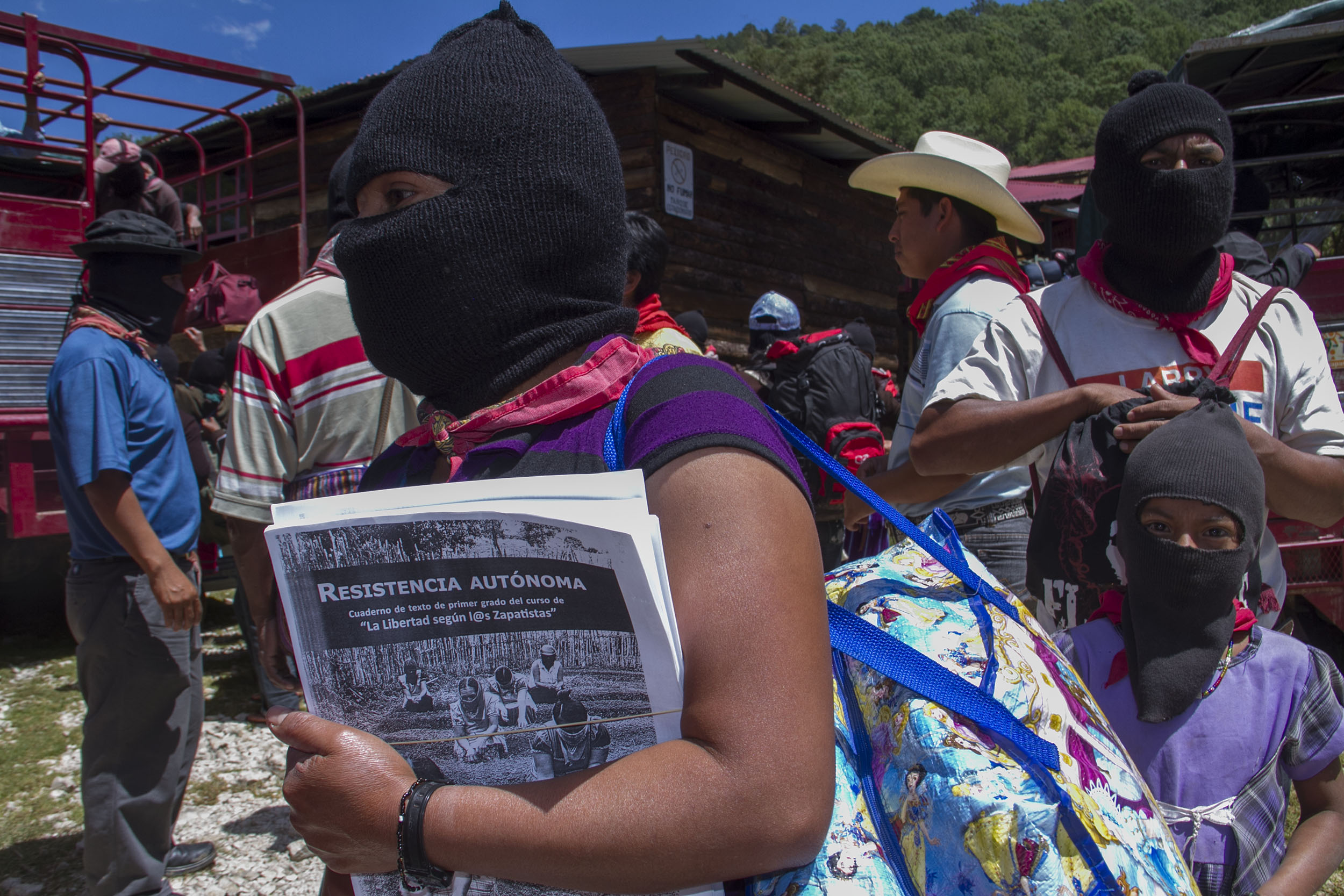
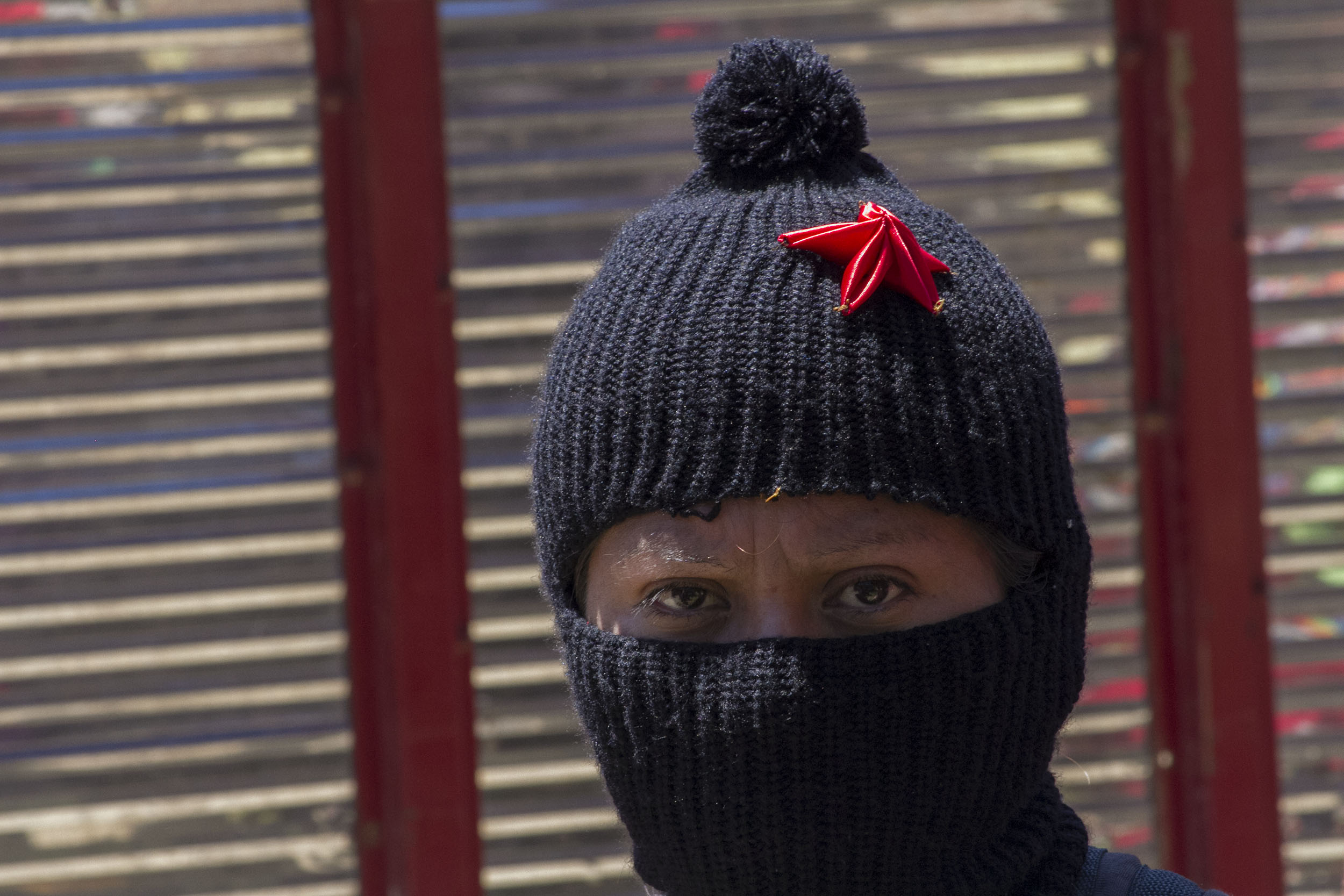
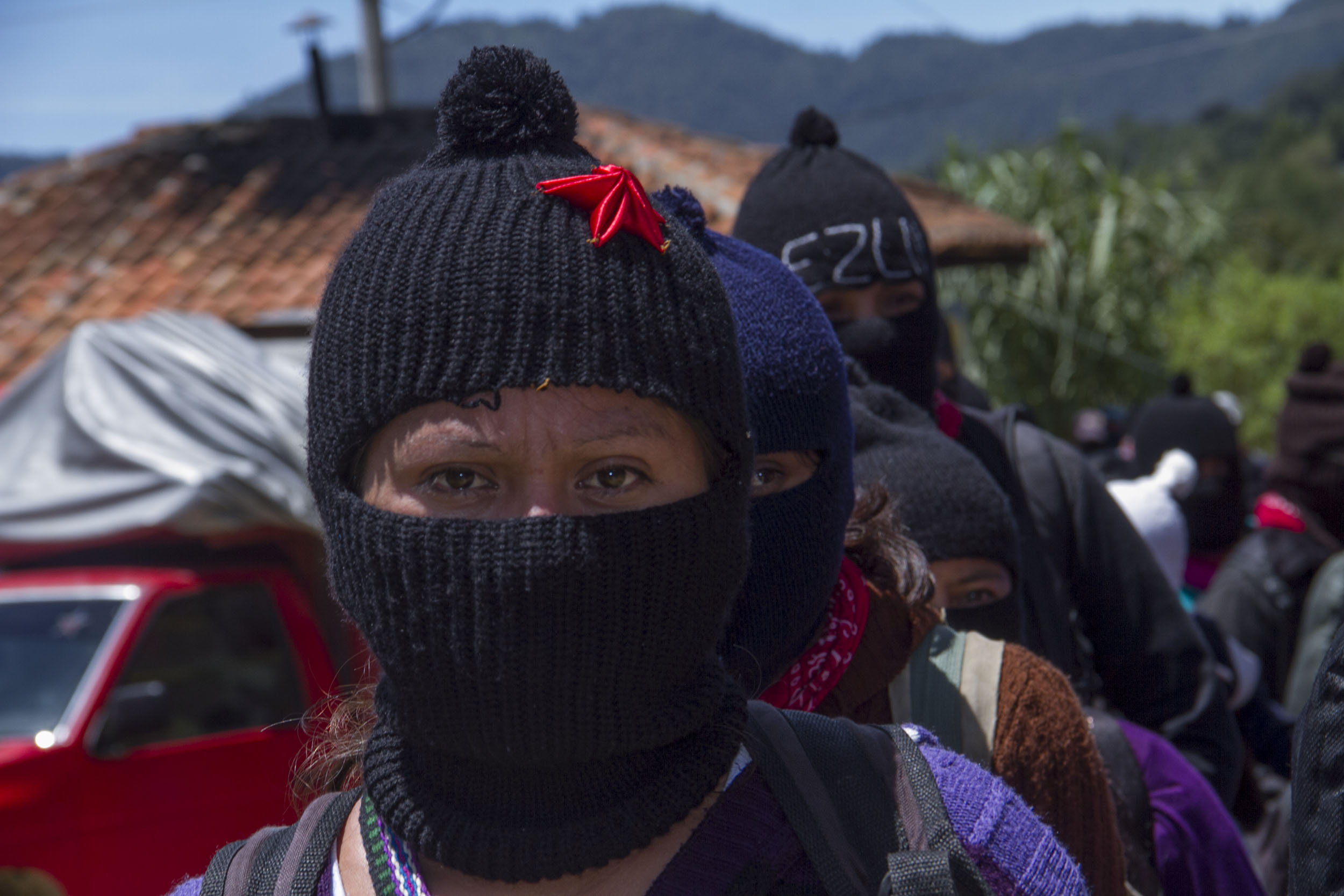
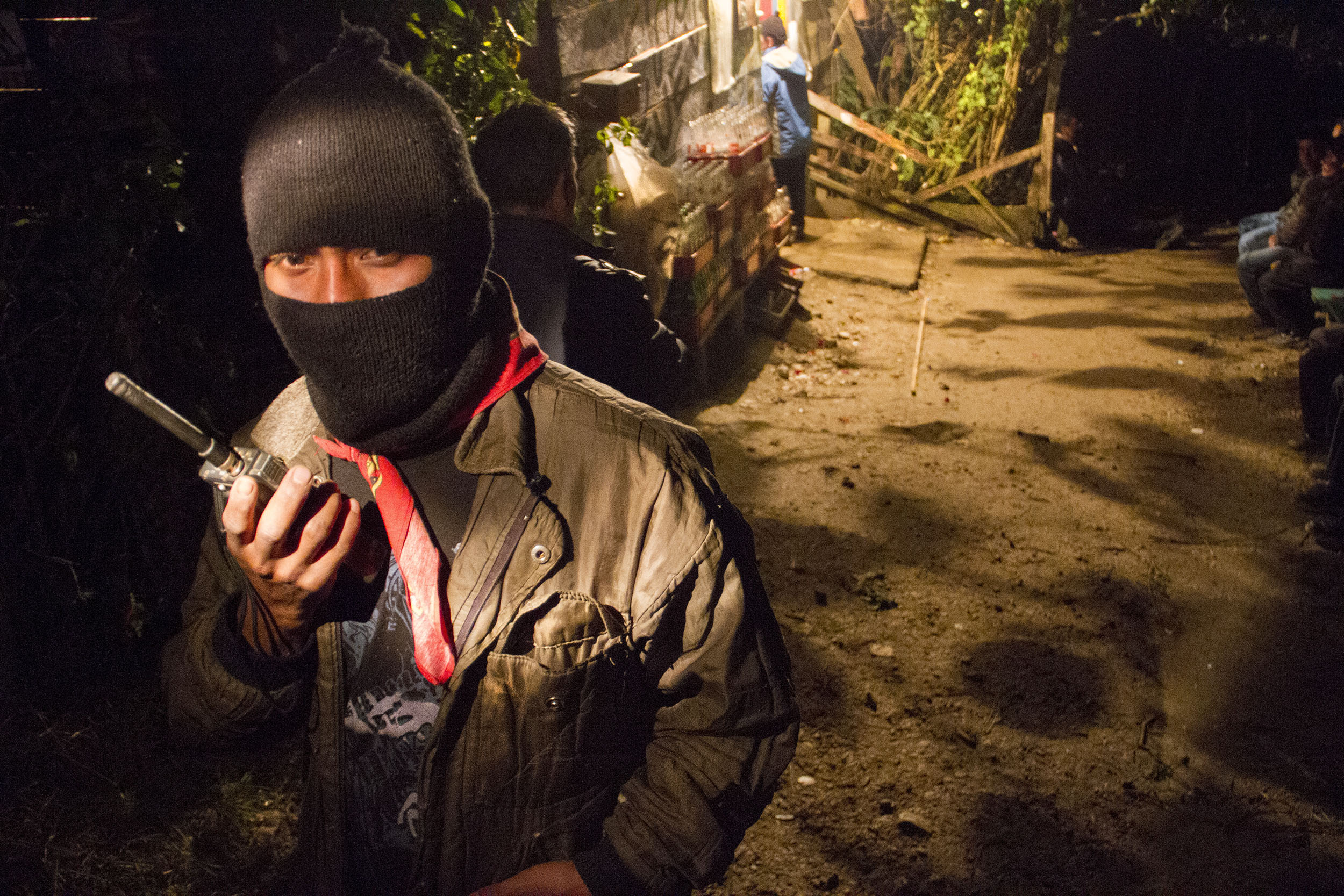


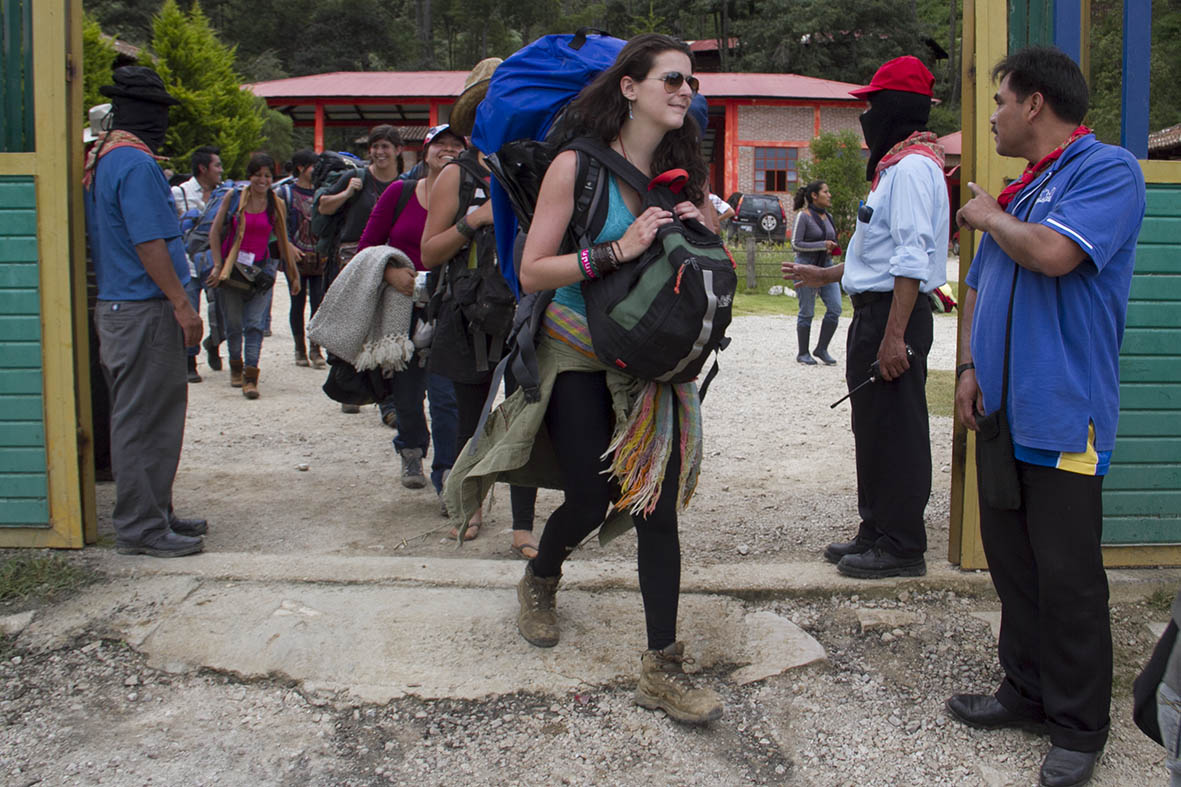

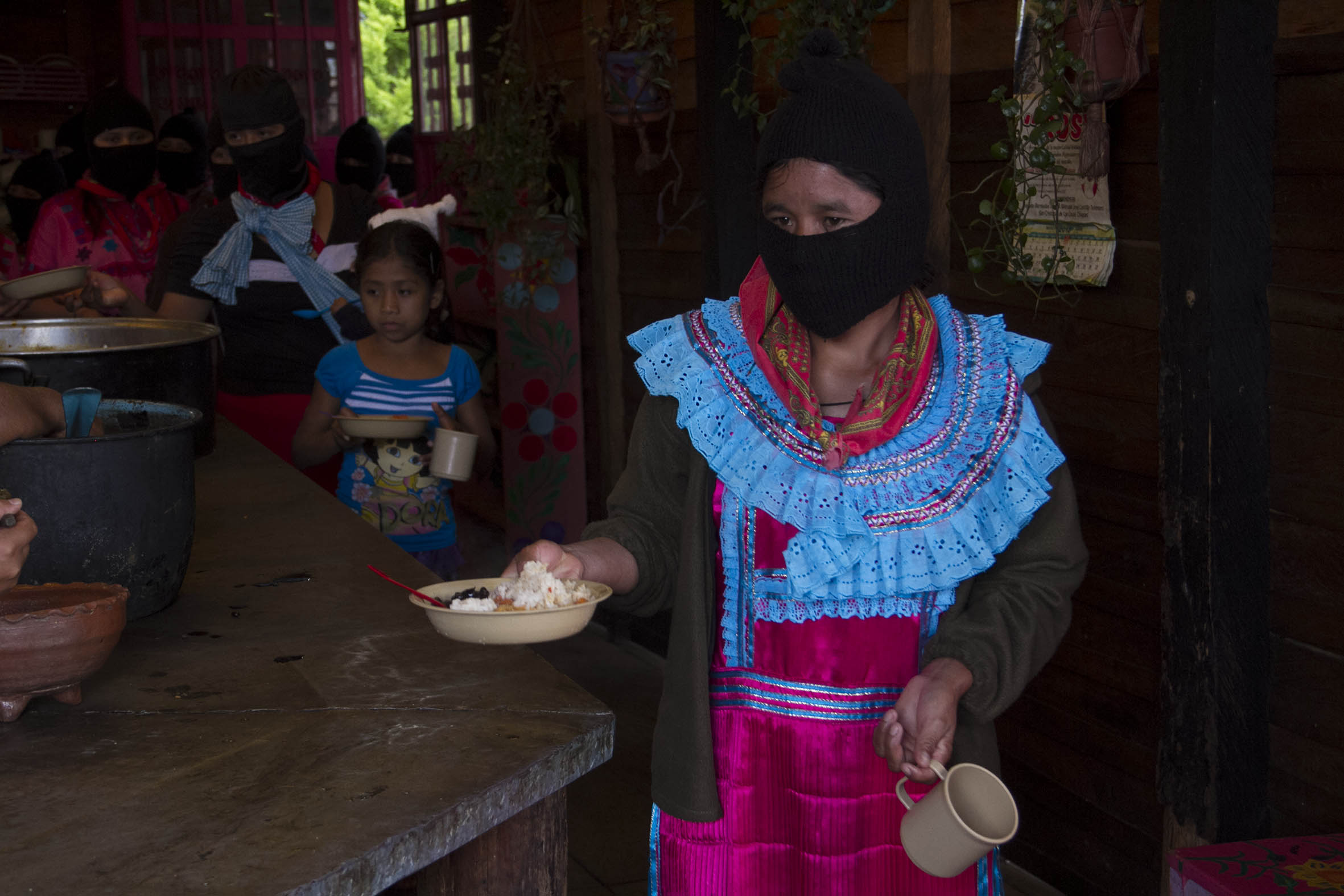
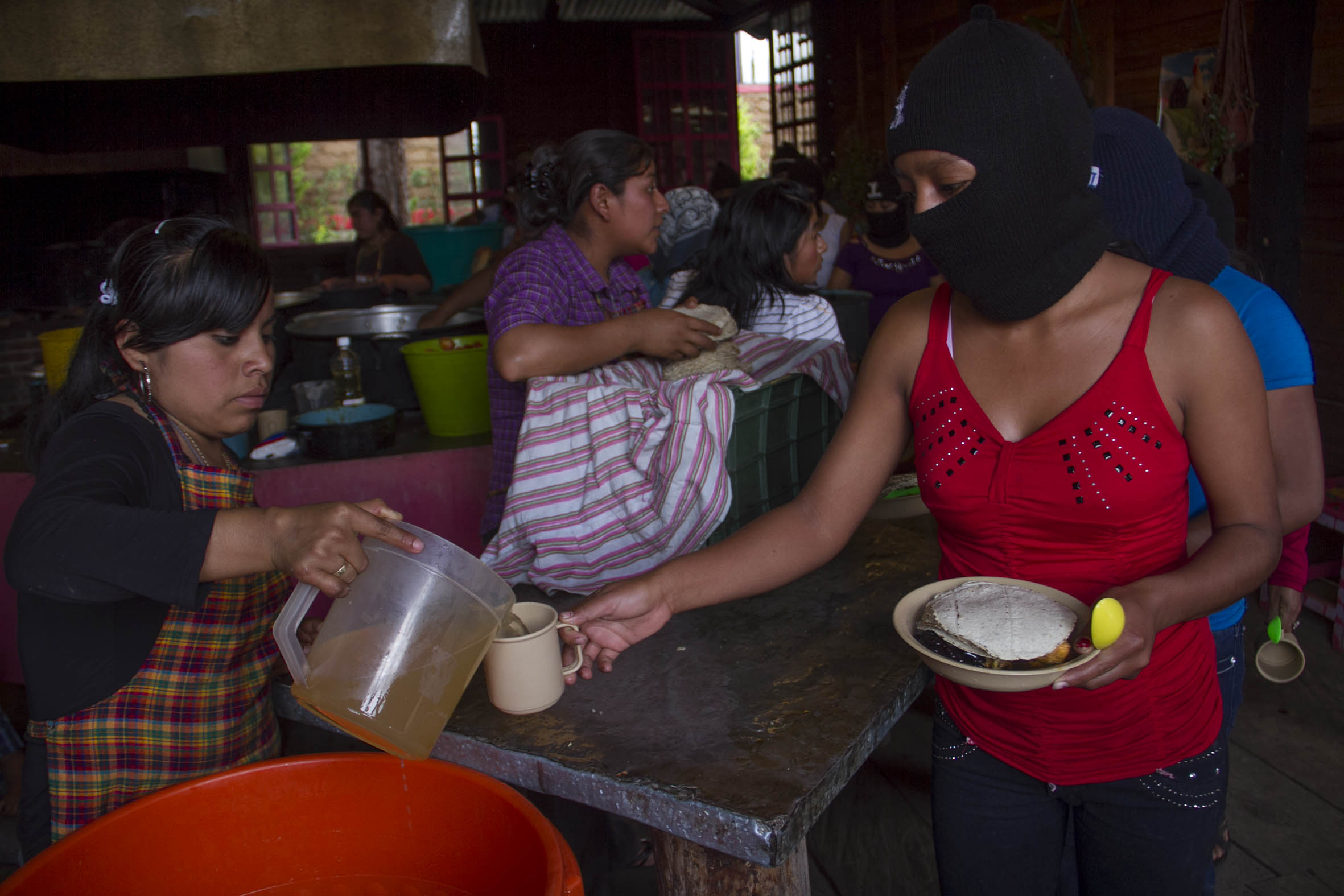

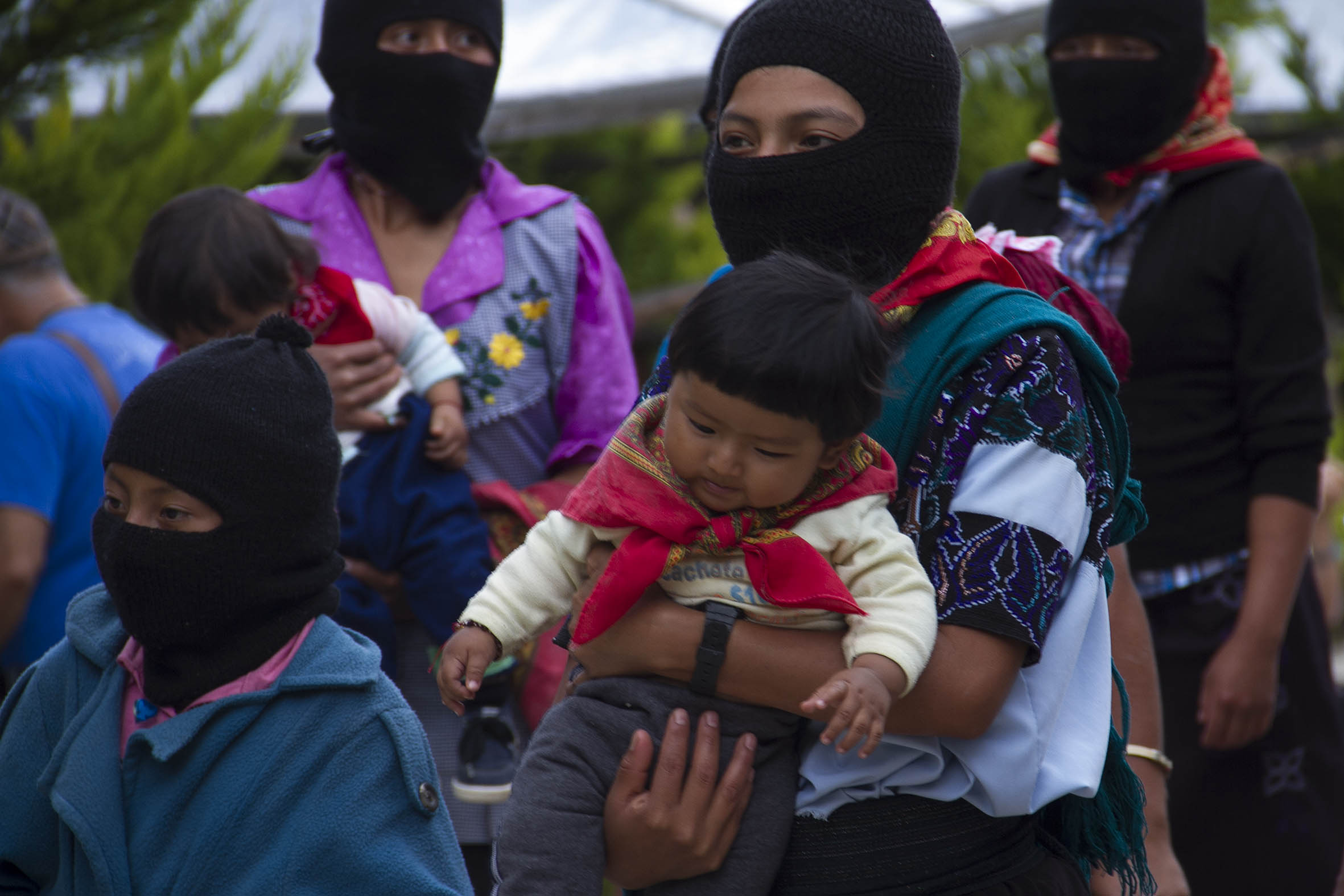
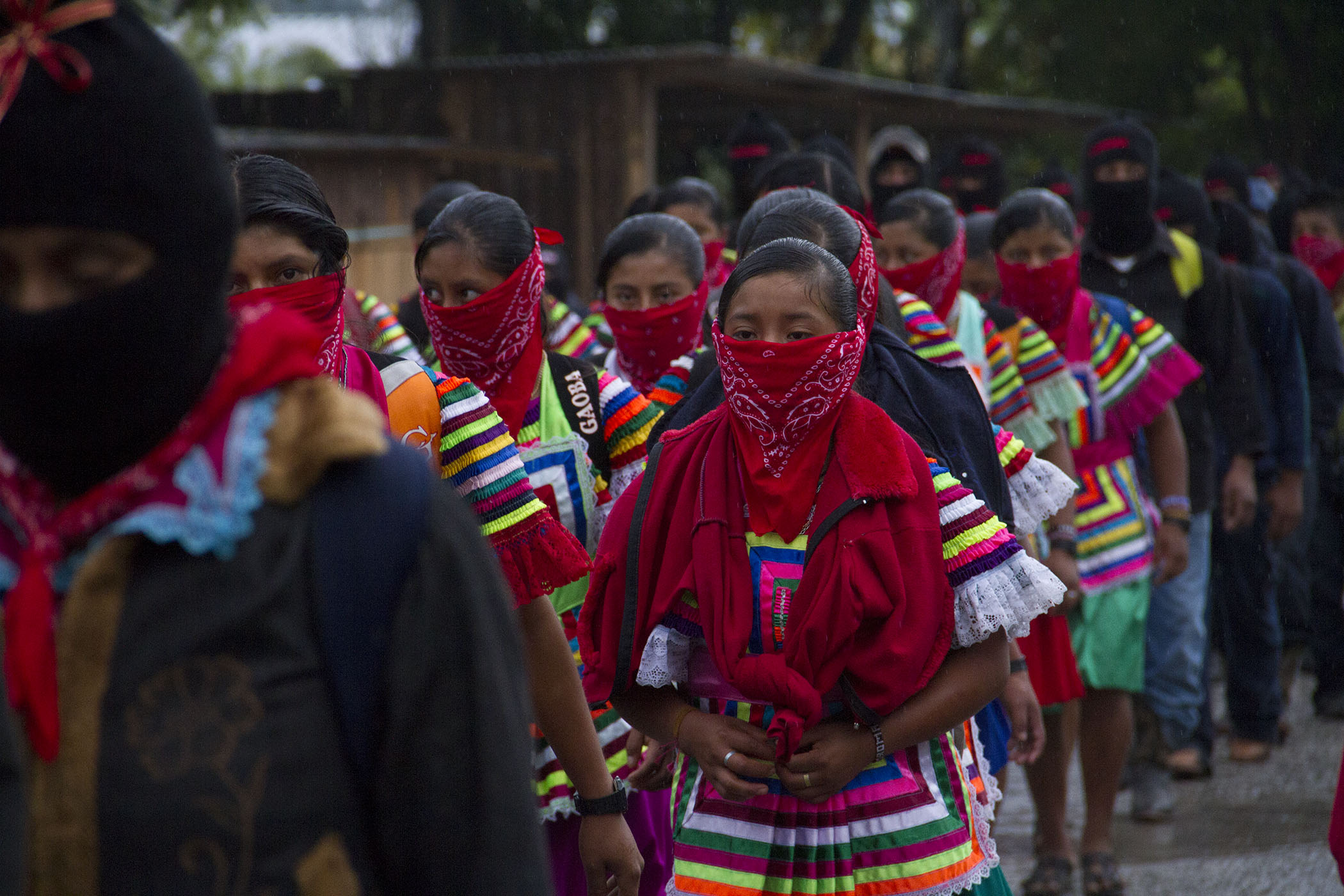
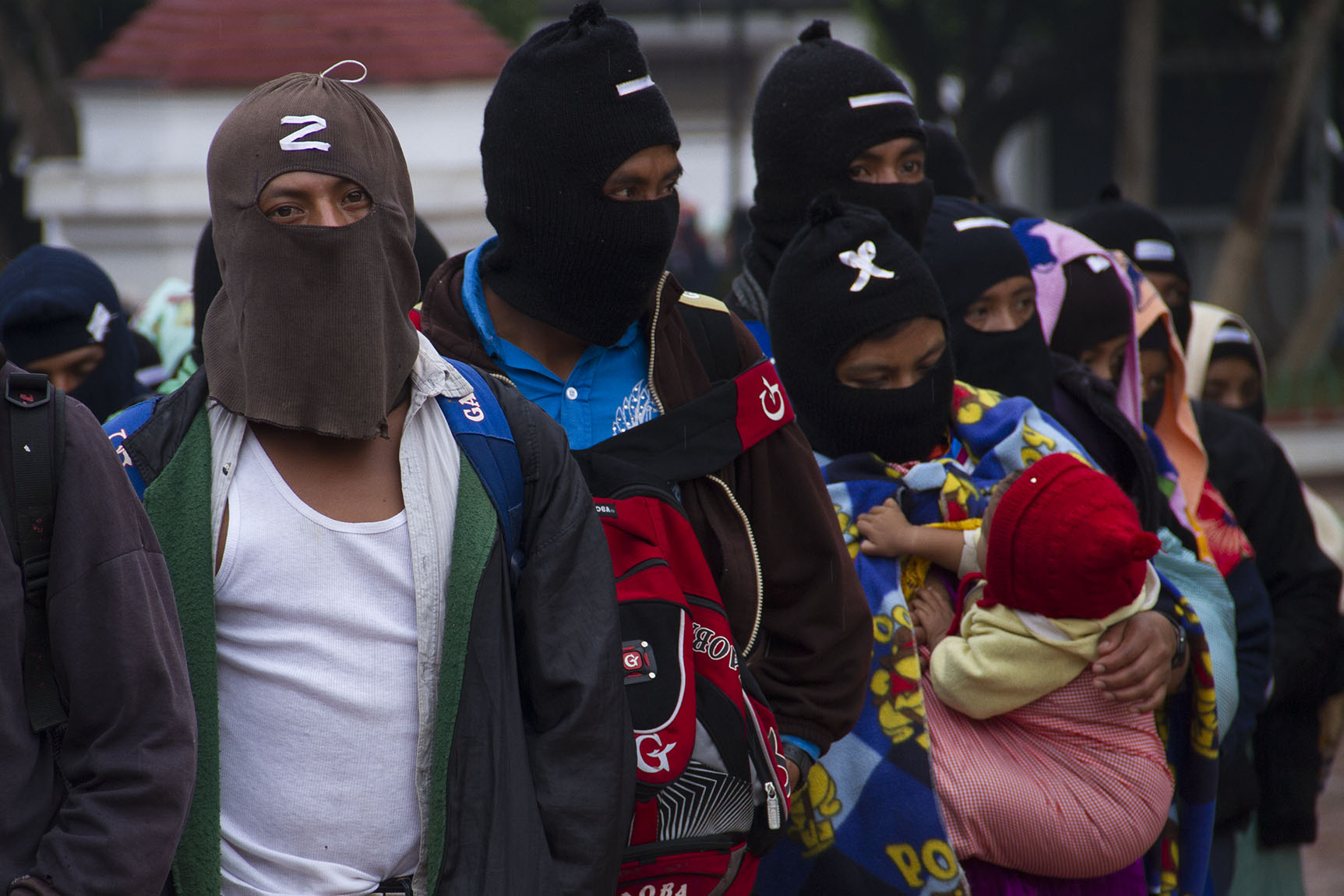
Discussion of "On the Zapatistas’ Little School of Freedom (A Student’s Notes)"
Add your voice to this discussion.
Checking your signed in status ...